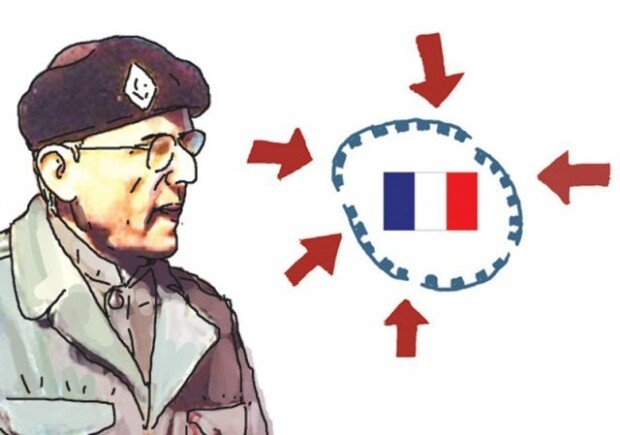A lesson from Battle of Jipyeong-ri
A lesson from Battle of Jipyeong-ri
Posted January. 25, 2022 09:38,
Updated January. 25, 2022 09:38

On January 28 in 1951, a platoon from 23 Regiment of the 2nd Division of the U.S. military set off on a reconnaissance to the Ssanggul Tunnel in the southeastern part of Jipyeong-ri. During the mission, the platoon was attacked by the Chinese troops and isolated in heights. While the U.S. military managed to rescue them, the battle ended up triggering bigger trouble. Back then, the U.S. government was considering giving upon the Korean War. The discussion was suspended after President Harry Truman issued a statement on January 13, but they had to prove they can win the war with the actual results of a battle. Gen. Matthew Ridgway ordered to move north as he saw cracks in the eastern front.
The soldiers of the 2nd Division stumbled on the enemies while making their way towards Hoengseong, and the small skirmish escalated into a massive battle on a regiment level. Joined by a French battalion and the 3rd Battalion of 23 Regiment, the troops occupied the heights near the tunnel and had intense battles with the Chinese troops for days. After winning the battle, the 23rd Regiment made inroads into Jipyeong-ri for the Battle of Jipyeong-ri, a battle that went on from February 13 to 16 and shifted the tide of the Korean War.
For the last two days, this journalist visited the battlegrounds of Jipyeong-ri and Ssanggul Tunnel. Oddly enough, the team of explorers consisted of a military general, a field officer, a noncommissioned officer, and a former war correspondent. We had an interview with a veteran and traveled across the heights and ridges, following the traces of trenches and gunfire like crime scene investigators.
We discovered two things. First, we found the location of the battle where we could relive the moments of the fierce fight. The traces of the battlefield clearly told us where the ambush point was, why some died and why some lived, and which side was the winners. Another finding was the realization that no results come without reason.
The heights which got conquered were vulnerable from the beginning. Invaders found their way in where the defense was porous. The scintillating leadership was in fact a result of thorough preparations. That is how things are in real life. Instead of passing the buck to individuals and groups, one must understand the bigger picture of society and the tidal change of the times. Most survivors or saviors were those who saw the woods.




![[속보]법원 “12·3 계엄은 내란…한덕수, 절차적 요건 갖추게 해”](https://dimg.donga.com/c/138/175/90/1/wps/NEWS/IMAGE/2026/01/21/133201789.1.jpg)

![‘50만원짜리 김밥’ 알고보니…환불 반복에 자영업자 폭발했다[e글e글]](https://dimg.donga.com/c/138/175/90/1/wps/NEWS/IMAGE/2026/01/21/133200737.3.jpg)
